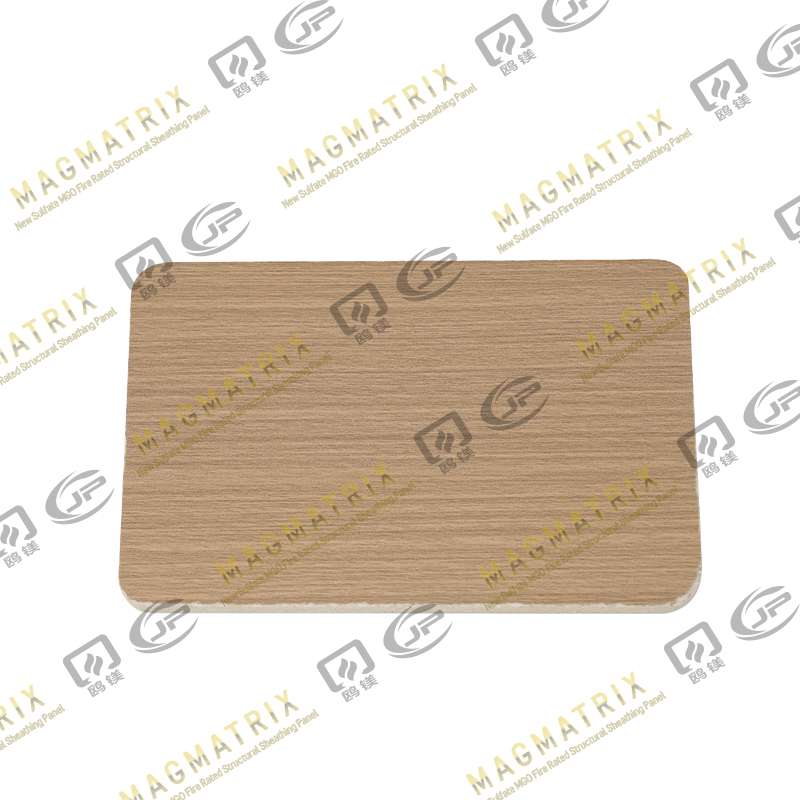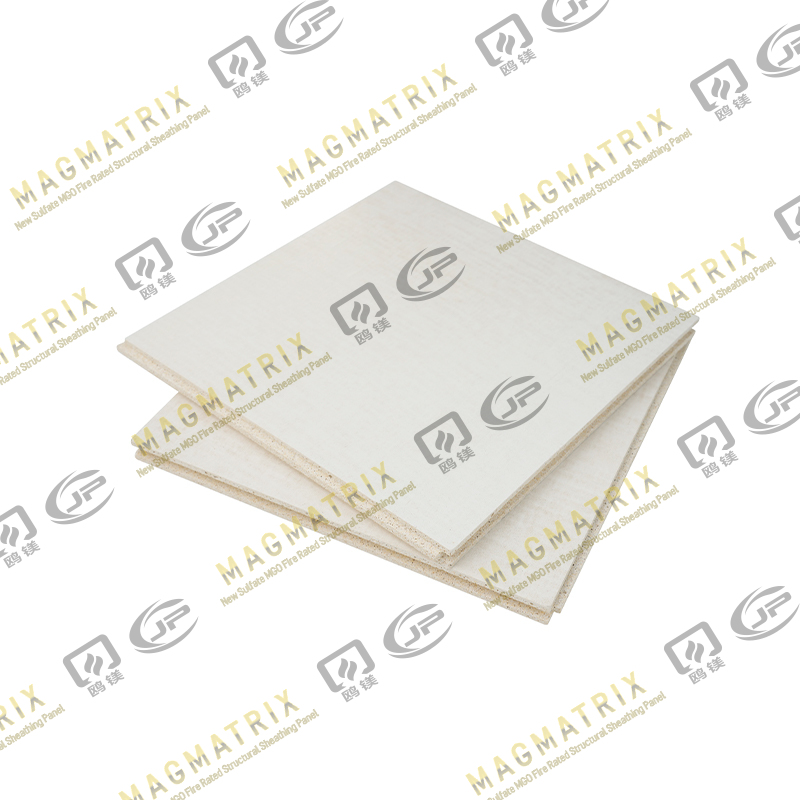High-humidity environments present unique challenges in construction and interior design. Moisture can compromise structural integrity, encourage mold growth, and degrade traditional building materials over time. Choosing the right materials for walls, ceilings, and partitions is critical for maintaining safety, durability, and indoor comfort. Among the emerging solutions, magnesium oxide panels, commonly known as MgO panels, have gained attention for their exceptional performance in humid conditions.
Understanding High-Humidity Challenges
High-humidity areas are spaces where moisture levels frequently exceed normal indoor conditions. Examples include bathrooms, kitchens, basements, laundry rooms, swimming pools, and coastal regions with humid climates. In such spaces, standard construction materials such as gypsum boards, plywood, and MDF often face rapid deterioration.
Excess moisture can lead to:
Structural weakening: Water absorption causes swelling, warping, and loss of strength in conventional boards.
Mold and mildew growth: High humidity creates an environment conducive to fungi, which can damage surfaces and pose health risks.
Paint and finish failure: Moisture can cause bubbling, peeling, and discoloration of painted or laminated surfaces.
Reduced insulation efficiency: Wet materials lose their ability to insulate effectively, impacting energy efficiency.
Given these challenges, selecting materials that resist water penetration, maintain structural integrity, and remain safe for occupants is essential.
What Are MgO Panels?
Magnesium oxide panels are construction boards made from a combination of magnesium oxide, magnesium chloride, and reinforcing fibers. These panels are designed to offer high durability, fire resistance, and moisture resilience. Unlike conventional materials, MgO panels do not rely on organic binders that can degrade when exposed to water. This key difference allows them to maintain their strength and stability even in prolonged humid conditions.
MgO panels are available in various thicknesses and sizes, making them suitable for walls, ceilings, partitions, and exterior cladding. Their lightweight yet sturdy nature allows for easier handling and installation compared to cement-based boards.
Moisture Resistance Properties
One of the primary reasons MgO panels are ideal for high-humidity areas is their inherent moisture resistance. The composition of magnesium oxide creates a dense structure that does not easily absorb water. Key aspects include:
Low water absorption rate: MgO panels absorb minimal moisture compared to gypsum or plywood, preventing swelling and weakening.
Dimensional stability: Even in consistently humid conditions, MgO panels retain their shape and do not warp or crack.
Mold and mildew resistance: The mineral-based composition discourages microbial growth, promoting healthier indoor air quality.
Because of these properties, MgO panels can be used in bathrooms, kitchens, and other moisture-prone environments without the need for additional waterproofing layers in many cases.
Durability in Humid Climates
MgO panels are engineered for longevity. In high-humidity areas, durability is a critical factor, as frequent replacement or repair can be costly and disruptive. Some aspects of durability include:
Structural integrity: Magnesium oxide forms a rigid matrix that can withstand mechanical stress, impact, and daily wear and tear.
Chemical stability: Unlike organic materials, MgO does not decay or rot when exposed to humidity.
Long service life: Properly installed MgO panels can maintain their performance for decades without significant maintenance.
This durability translates into reduced maintenance costs and improved overall building performance.
Fire Resistance and Safety Benefits
While moisture resistance is the primary concern in high-humidity areas, safety is also a consideration. Bathrooms and kitchens often involve electrical appliances, increasing the risk of fire. MgO panels provide an additional layer of protection because of their fire-resistant properties. They are naturally non-combustible and can withstand high temperatures without deforming or releasing toxic fumes.
This combination of moisture resistance and fire safety makes MgO panels particularly suitable for areas where both water exposure and potential fire hazards coexist.
Thermal and Acoustic Performance
High-humidity areas often require materials that also offer thermal and acoustic benefits. MgO panels excel in these areas as well:
Thermal insulation: The density of MgO panels contributes to maintaining indoor temperature, reducing heat transfer and improving comfort in humid climates.
Sound insulation: The composition and thickness of the panels provide effective noise reduction, making them suitable for bathrooms, laundry rooms, and other areas where privacy and sound dampening are important.
The combination of moisture resistance, thermal stability, and acoustic performance positions MgO panels as a multifunctional solution for modern construction.
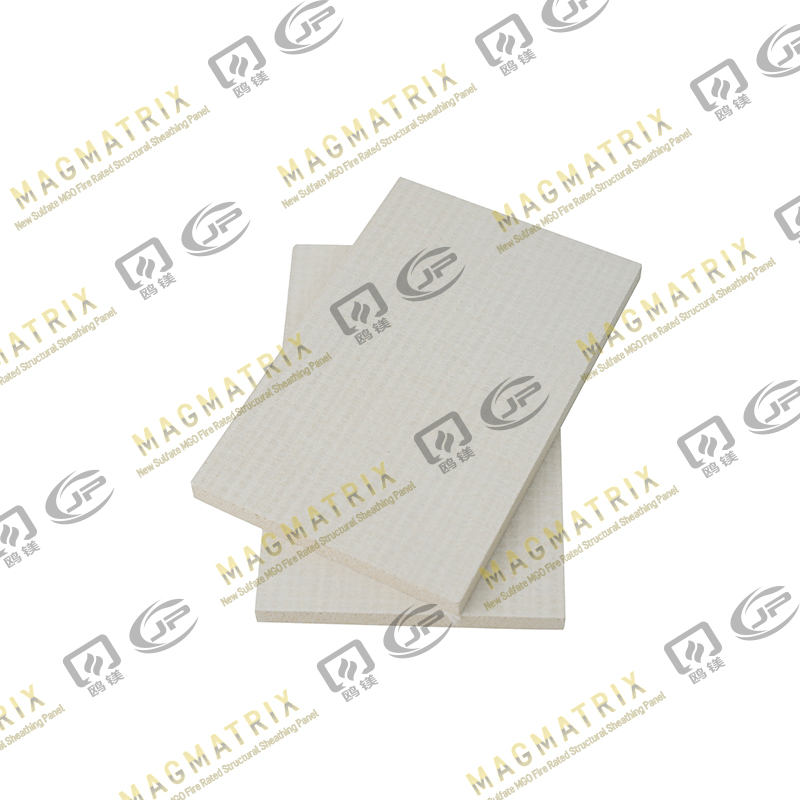
Easy Installation and Versatility
MgO panels are lightweight yet rigid, which simplifies handling and installation in high-humidity areas. They can be cut, drilled, and fastened with standard tools, reducing labor costs and installation time. Key installation benefits include:
Compatibility with different substrates: MgO panels can be installed over wood, metal, or concrete frames.
Flexible design options: They can be painted, tiled, or finished with various decorative surfaces.
Minimal preparation required: Unlike cement boards, MgO panels do not require extensive priming or soaking before installation.
This versatility allows architects and builders to use MgO panels in a variety of design applications, from residential bathrooms to commercial kitchens and even poolside areas.
Cost Considerations
While MgO panels may have a higher upfront cost compared to traditional gypsum or cement boards, their long-term benefits outweigh the initial investment. Reduced maintenance, longevity, and resistance to moisture damage lead to lower life-cycle costs. Additionally, the panels’ fire resistance can reduce insurance premiums and improve overall safety ratings of buildings.
When evaluating the total cost of ownership, MgO panels are often more economical in humid environments than conventional materials that require frequent replacement or additional waterproofing.
Environmental Advantages
Sustainability is increasingly important in modern construction. MgO panels offer several environmental benefits that make them suitable for eco-conscious projects:
Non-toxic and low VOC: The mineral composition does not release harmful chemicals into indoor air.
Recyclable: Panels can be repurposed or recycled at the end of their life cycle.
Energy efficiency: The insulation properties contribute to lower heating and cooling energy demands.
Using MgO panels in high-humidity areas not only protects the building but also supports environmentally responsible construction practices.
Ideal Applications
MgO panels are suitable for various high-humidity applications, including:
Bathrooms and showers: Moisture-resistant panels prevent swelling and mold growth behind tiles.
Kitchens and pantries: Withstanding steam and occasional splashes without degrading.
Laundry rooms: Handling high humidity from washing machines and dryers.
Basements and cellars: Moisture-prone underground spaces benefit from the panels’ stability.
Swimming pools and spas: Resistant to condensation and humidity in wet recreational areas.
Coastal and tropical buildings: Suitable for environments with high ambient humidity and salt-laden air.
By selecting MgO panels for these spaces, builders and homeowners can ensure long-lasting, safe, and low-maintenance construction.
Maintenance and Longevity
Maintenance of MgO panels is straightforward and minimal. They do not require special coatings or sealants to resist moisture. Cleaning can be done using mild detergents and water, avoiding harsh chemicals that could compromise the surface. Periodic inspections for scratches or minor surface damage are usually sufficient to ensure continued performance.
Because MgO panels maintain their dimensional stability and resist fungal growth, they provide peace of mind that walls and partitions will remain in excellent condition over time, even in the most challenging humid environments.
Conclusion
High-humidity areas pose significant challenges for construction and interior design. Traditional materials such as gypsum, plywood, and MDF often fail under persistent moisture exposure, leading to structural, aesthetic, and health issues. Magnesium oxide panels, however, offer a robust and reliable solution.
With exceptional moisture resistance, dimensional stability, mold and mildew prevention, fire safety, thermal and acoustic performance, and ease of installation, MgO panels are ideally suited for bathrooms, kitchens, basements, laundry rooms, swimming pool areas, and coastal constructions. Their long-term durability, low maintenance requirements, and environmental benefits make them a practical choice for both residential and commercial applications.
By choosing MgO panels, builders, architects, and homeowners can address the challenges of high-humidity environments while maintaining safe, comfortable, and attractive interiors. These panels represent a smart investment in durability, performance, and overall building quality, proving themselves to be a superior option where moisture resistance is critical.
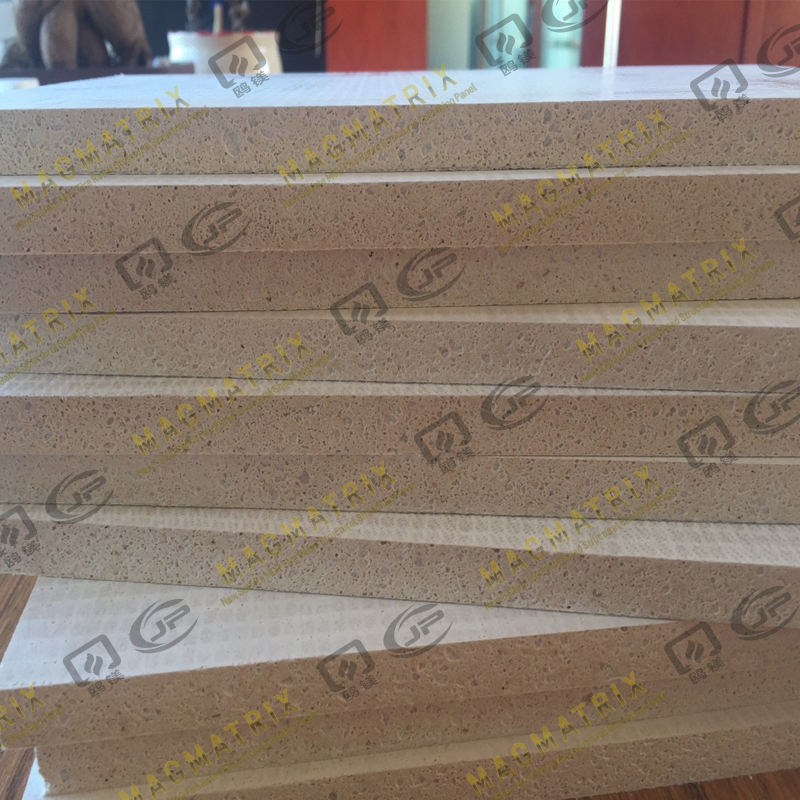 BMSC 517 New Sulfate MgO Board
BMSC 517 New Sulfate MgO Board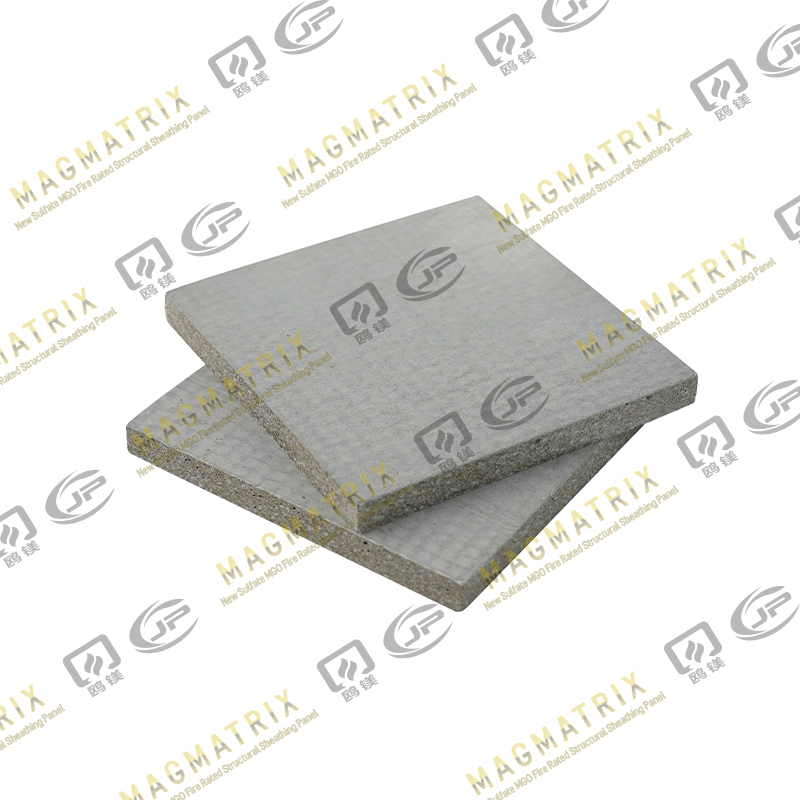 Multi-Support MgO Wall Sheathing Board
Multi-Support MgO Wall Sheathing Board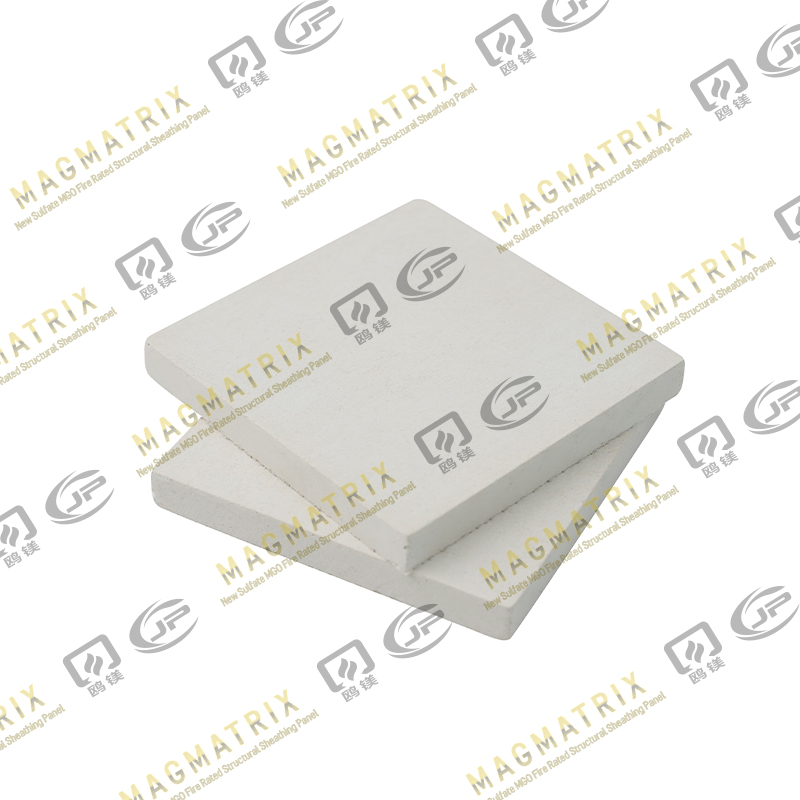 Perseverance MgO Wall Sheathing Board
Perseverance MgO Wall Sheathing Board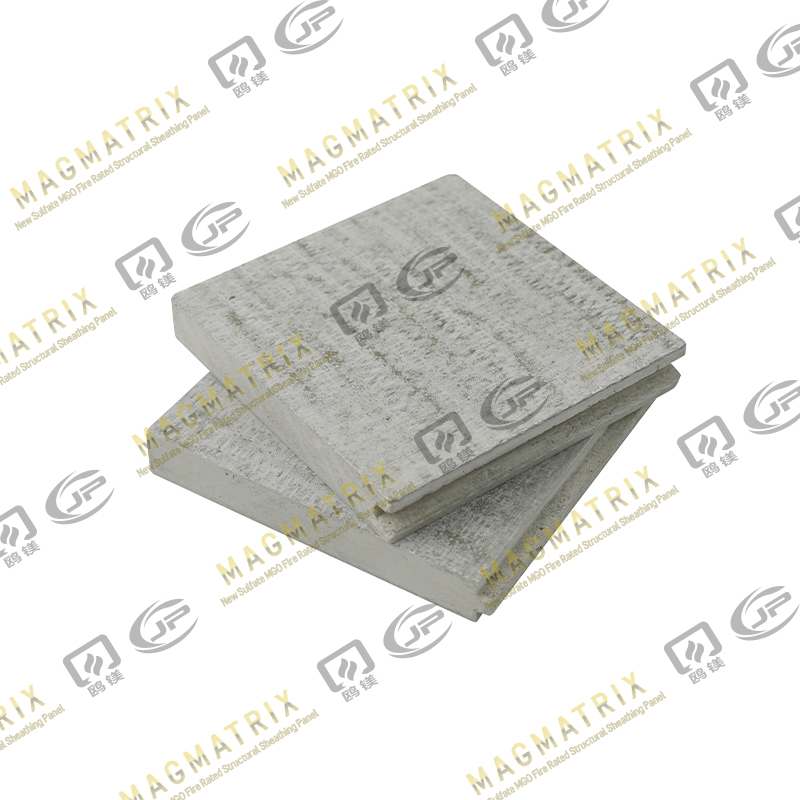 Multi-Support MgO Subfloor Sheathing Board
Multi-Support MgO Subfloor Sheathing Board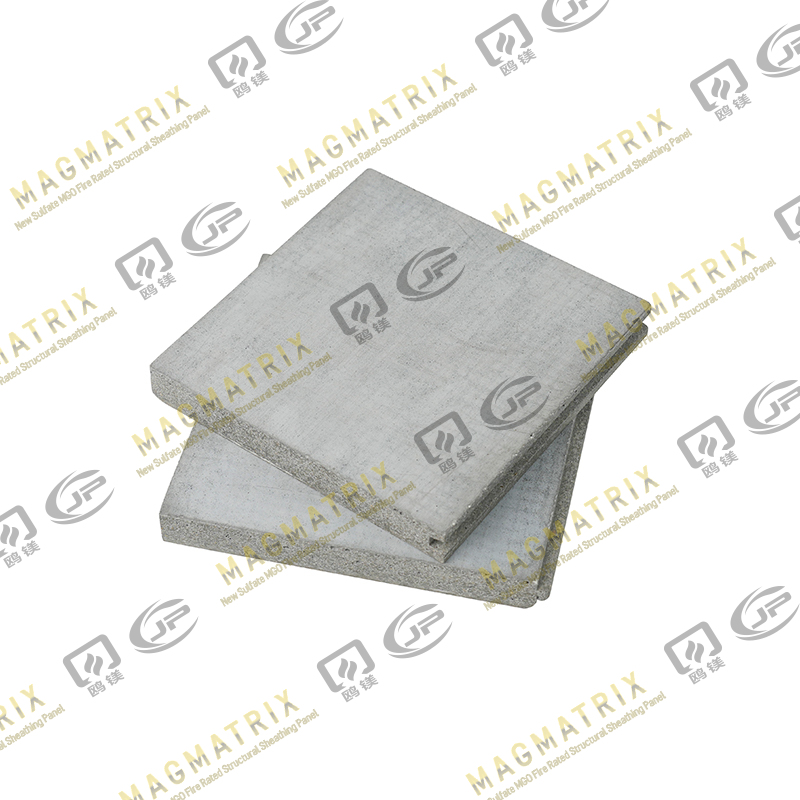 Perseverance MgO Subfloor Sheathing Board
Perseverance MgO Subfloor Sheathing Board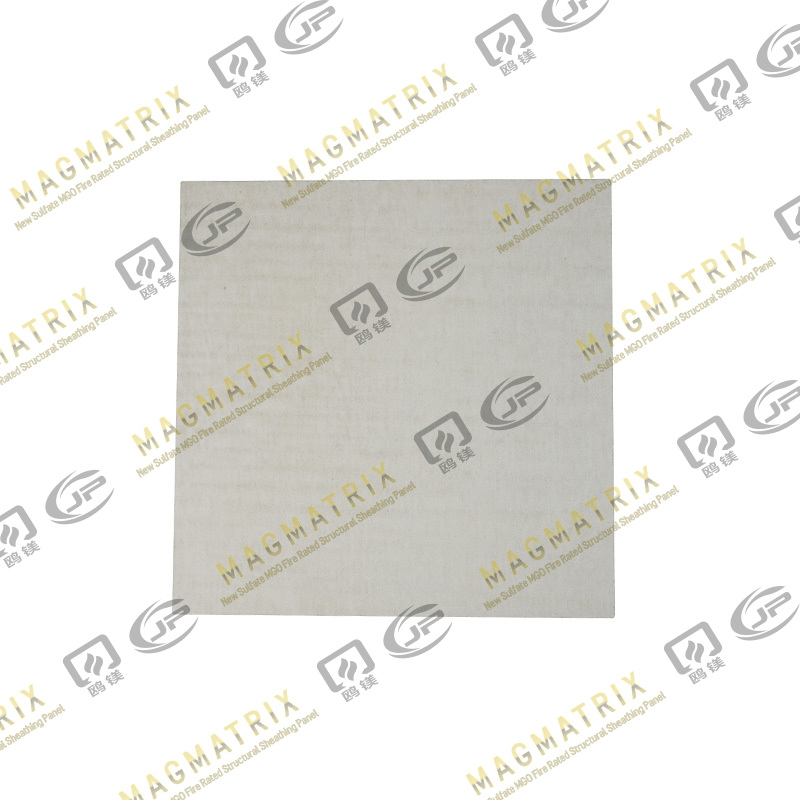 MagMatrix MgO Underlayment Panel/board
MagMatrix MgO Underlayment Panel/board


 English
English русский
русский Español
Español
